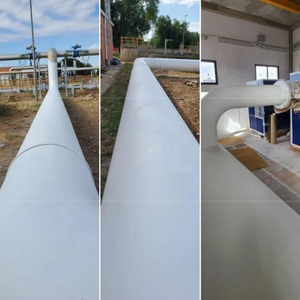An energy-saving coating refers to a type of paint or material applied to surfaces (such as walls, roofs, windows, or vehicles) that reduces energy consumption by improving thermal insulation or reflecting light and heat. These coatings are designed to optimize energy efficiency in buildings, homes, and industrial applications. There are several types of energy-saving coatings, and they work in different ways to achieve energy savings: 1. Thermal Insulating Coatings How they work: These coatings are designed to improve the thermal insulation properties of a surface. By reducing the amount of heat transferred between the interior and exterior of a building, these coatings help to maintain a comfortable indoor temperature without relying heavily on heating or cooling systems. Examples: Ceramic-based coatings: These contain micro-ceramic particles that form a barrier to heat transfer. Insulating paints: These have reflective properties and are often used on roofs and walls to keep buildings cooler in hot climates.

This is your website preview.
Currently it only shows your basic business info. Start adding relevant business details such as description, images and products or services to gain your customers attention by using Boost 360 android app / iOS App / web portal.


Submit Your Enquiry